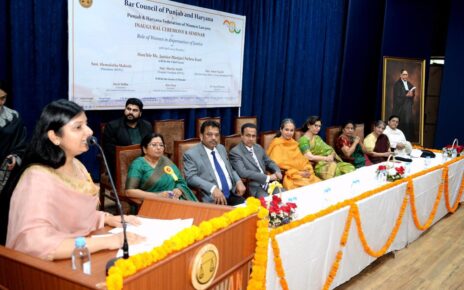India ranked 94 out of 107 nations in the Global Hunger Index 2020 and was in the ‘serious’ hunger category with experts blaming poor implementation processes, lack of effective monitoring, siloed approach in tackling malnutrition and poor performance by large states behind the low ranking.
Last year, India ranked 102 out of 117 countries.

In Global Hunger Index 2020 India features behind Nepal (73), Pakistan (88), Bangladesh (75), Indonesia (70) among others. Out of 107 countries, only 13 countries fare worse than India including countries such as Rwanda (97), Nigeria (98), Afghanistan (99), Liberia (102), Mozambique (103), Chad (107) among others.
Seventeen nations, including China, Belarus, Ukraine, Turkey, Cuba and Kuwait, shared the top rank with GHI scores of less than five, said the website of Global Hunger Index, that tracks hunger and malnutrition.
According to the report, 14% of India’s population was undernourished. It also showed the country recorded a 37.4% stunting rate among children under five and a wasting rate of 17.3%. The under-five mortality rate stood at 3.7%.
Wasting is children who have low weight for their height, reflecting acute undernutrition. Stunting is children under the age of five who have low height for their age, reflecting chronic undernutrition.
“Data from 1991 through 2014 for Bangladesh, India, Nepal, and Pakistan showed that stunting was concentrated among children from households facing multiple forms of deprivation, including poor dietary diversity, low levels of maternal education, and household poverty,” read the GHI report.
“However, child mortality, caused by prematurity and low birth weight, increased particularly in poorer states and rural areas. Prevention of prematurity and low birthweight is identified as a key factor with the potential to reduce under-five mortality in India, through actions such as better antenatal care, education, and nutrition as well as reductions in anaemia and oral tobacco use,” it said.




